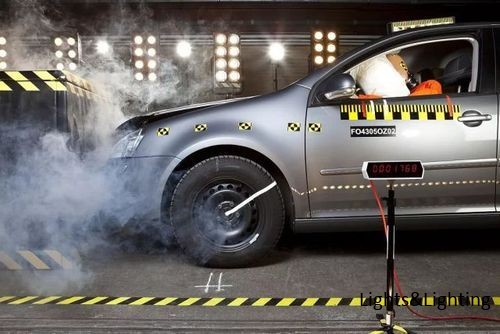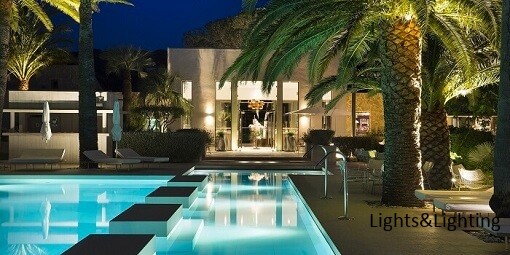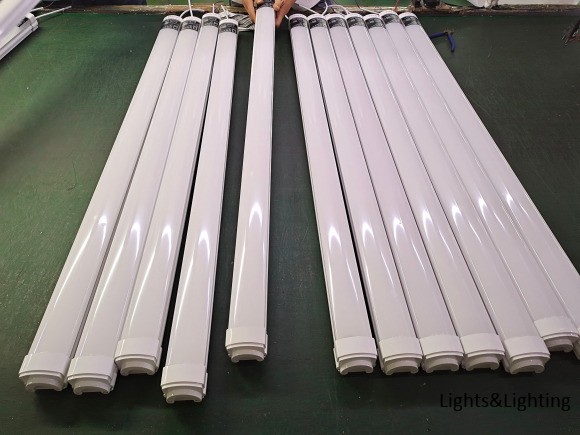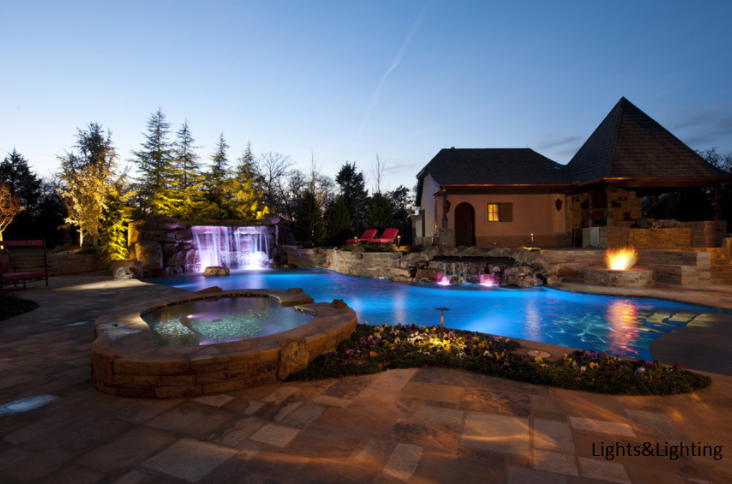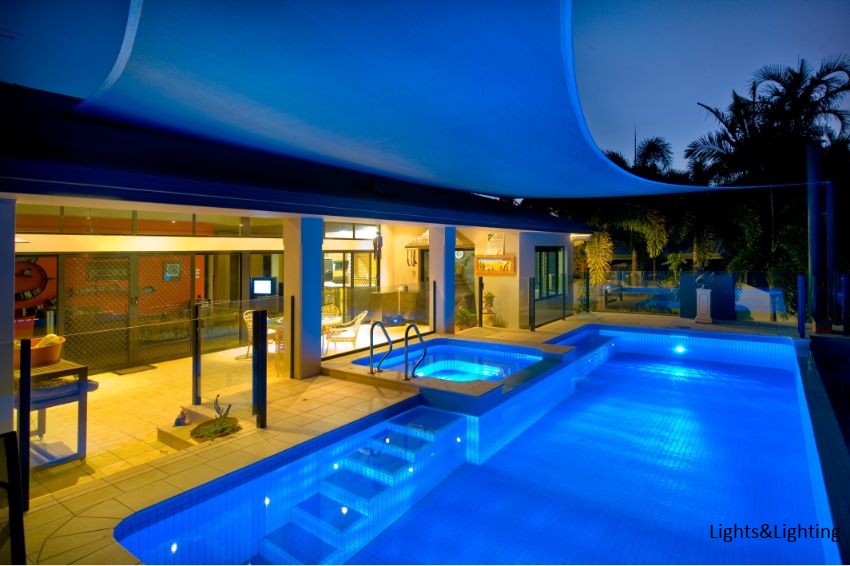Car lights (motor lamp) is the car's "eyes", it has two functions, one is lighting, one is decorative. Car lights include night lights, signal lights, fog lights, night lights, etc., each light has a different purpose, the use of very careful, neither indiscriminate use nor non-use, its use and technical state of good or bad directly affect the safety of driving.
It is said that the first car headlights are household portable lights. In 1887, when a driver was lost in the dark wilderness, a farmer used a portable lamp to lead him home. In 1898, the Columbia electric car used electricity for its headlights and taillights, and thus the headlight was born. The original headlights could not be dimmed, so they were a little shaky during the meeting, and in order to overcome this shortcoming, additional luminosity adjusters were introduced. This headlight can be moved in the vertical direction, but the driver must get out of the car and move the fixture. The evolution from early acetylene gas headlamps to today's free-surface reflector gas discharge headlamps has taken almost 120 years and is as follows.
The first generation -- acetylene gas headlights headlights with high profile brightness, acetylene gas flame brightness than the electric light source at that time can achieve twice the brightness, therefore, in 1925 before the use of automobile {TodayHot} headlights almost all acetylene headlights.
The second generation - electric headlights 1913 with a spiral filament of the inflatable incandescent bulb was introduced, because of its high brightness, to the electric headlights opened up a wide range of prospects. However, due to the constraints of the automotive electrical system at that time, electric lighting was not widely used until 1925.
The third generation -- dual wick headlights with high profile brightness inflatable bulbs of electric headlights installed in the car, there is a rendezvous in the car due to the glare of the headlights caused by the driver dazzle and lead to traffic accidents and crashes serious problems. Therefore, the design of the headlights put forward two incompatible requirements: one is how to make the road and the height of at least 2-2.5m obstacles within a distance of not less than 100m to get good lighting; the other is how to make the oncoming vehicle drivers do not dazzle. Car meeting this dazzling problem, is still the most difficult to solve the problem of automotive lighting technology. In order to solve the problem of dazzling the car, in 1924, Europe invented a dual-light wick headlights, the United States also appeared with a dual filament bulb headlights. However, the optical system structure principle of European and American headlights with non-dazzling near light is not the same. The differences in their bulbs are in the shape and position of the filaments: the differences in the distribution lenses are in the pattern and calculation of the refractive units and, therefore, in the distribution of the near light. Near-light system is divided into two kinds of European systems and American systems, the coordination of the two systems is one of the major issues in the development of automotive lighting in the world today.
The fourth generation -- asymmetric near-light headlights dual-light wick headlight system belongs to the symmetrical near-light system, near-light light pattern of the left and right sides are identical, so the left and right sides of driving are applicable. However, as the driving light (far light) changes to the meeting light (near light), the sight distance is shortened, forcing the vehicle speed to be reduced. In order to solve the meeting process, the headlights do not produce dazzling, but also to ensure that the road has good lighting, the United States invented in 1932 asymmetric headlights, it is the reference axis as the center, the beam is divided into two, close to the incoming side of the landing distance is short (that is, the beam is depressed, so as to prevent dazzling), while the other side of the beam landing distance is long (that is, the beam is raised, so as to increase visibility).
Fifth generation -- h4 tungsten halogen headlights The first car headlights with tungsten halogen bulbs were produced by the French company "Spay" in 1964, whose filament allows a higher operating temperature than ordinary incandescent bulbs, increasing the luminous efficiency by about 50% and doubling the life.
The sixth generation -- hid headlights hid headlights as the representative of the modern automobile headlights in the light-emitting principle, structural form and manufacturing materials, and a series of significant changes. The hid xenon headlamp is a high pressure breakdown of inert gas ionization and light, the light generated by the strong illumination, high color temperature, strong penetration, and power saving, is the ideal source of automotive headlights.
The seventh generation - led headlights U.S. latest research results show that within the next five years, white high-power led technology will significantly replace the current variety of lighting products, and will be applied to a variety of automotive lighting, including: headlights, brake lights, fog lights, emergency lights, interior lighting, etc. led has high safety, smooth operation, power saving, long life and many other Advantages, is the future of automotive lights (motor lamp) a development trend.

